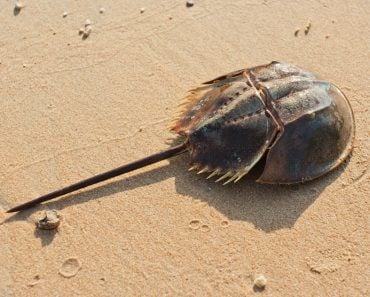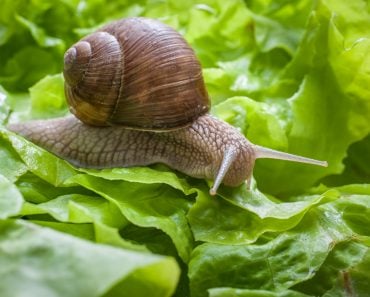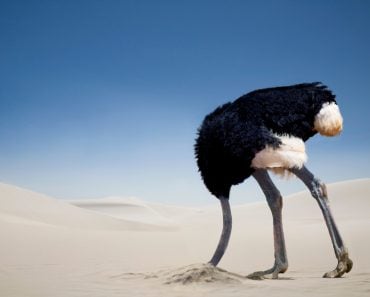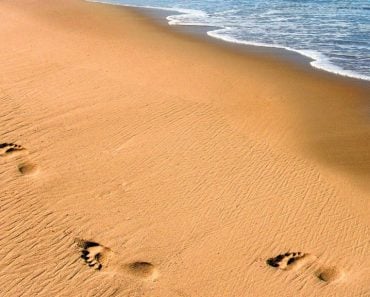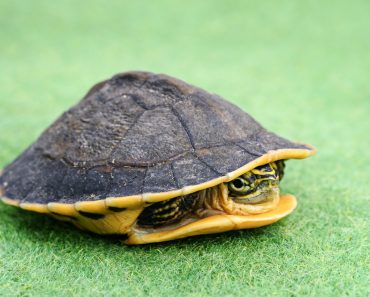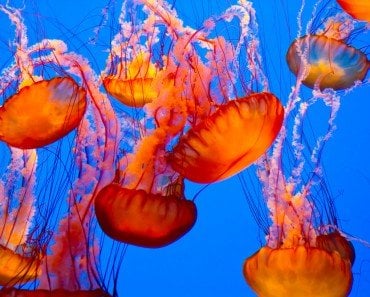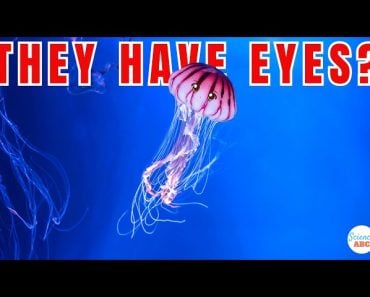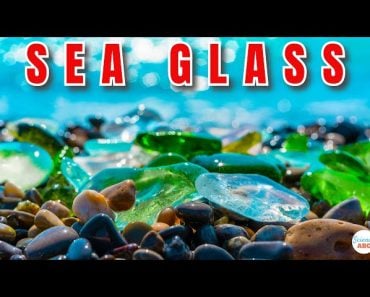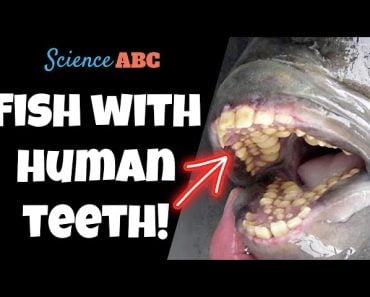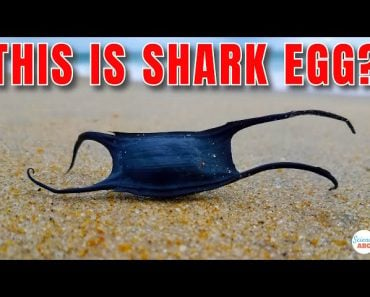Table of Contents (click to expand)
Sand dollars are actually the skeletons of a particular type of sea urchin. Sand dollars are scientifically classified in the order Clypeasteroida, and there are many varieties and species in that classification. These flat, bottom-hugging creatures are closely related to sea cucumbers and starfish, but their unusual appearance once they wash up on shore has fascinated people for centuries.
If you’ve ever been walking along a lonely beach, thinking about the nature of existence, instead of staring up at the stars, check out the ground beneath your feet. You might just strike it rich and find a sand dollar! Well, not rich in the traditional sense, but some people consider them treasured bits of the ocean to collect. However, their peculiar name and appearance raise quite a bit of wonder in the world, so what are sand dollars anyway?
Short Answer: Sand dollars are actually the skeletons of a particular type of sea urchin.
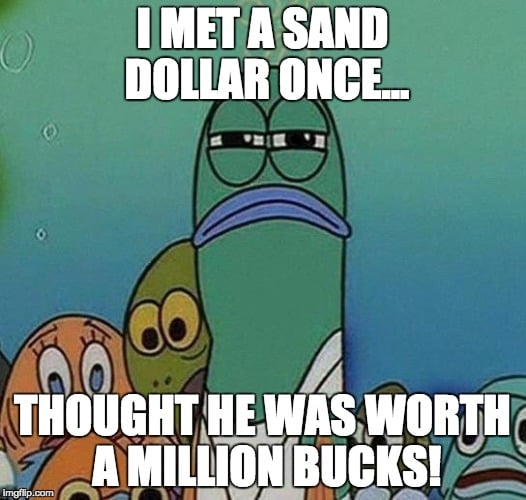
Recommended Video for you:
Sand Dollars
When most people think of sea urchins, they think of scary, spiny creatures that live on the bottom of the sea floor, but sea urchins come in many shapes and sizes. Sand dollars are scientifically classified in the order Clypeasteroida, and there are many varieties and species in that classification. These flat, bottom-hugging creatures are closely related to sea cucumbers and starfish, but their unusual appearance once they wash up on shore has fascinated people for centuries.
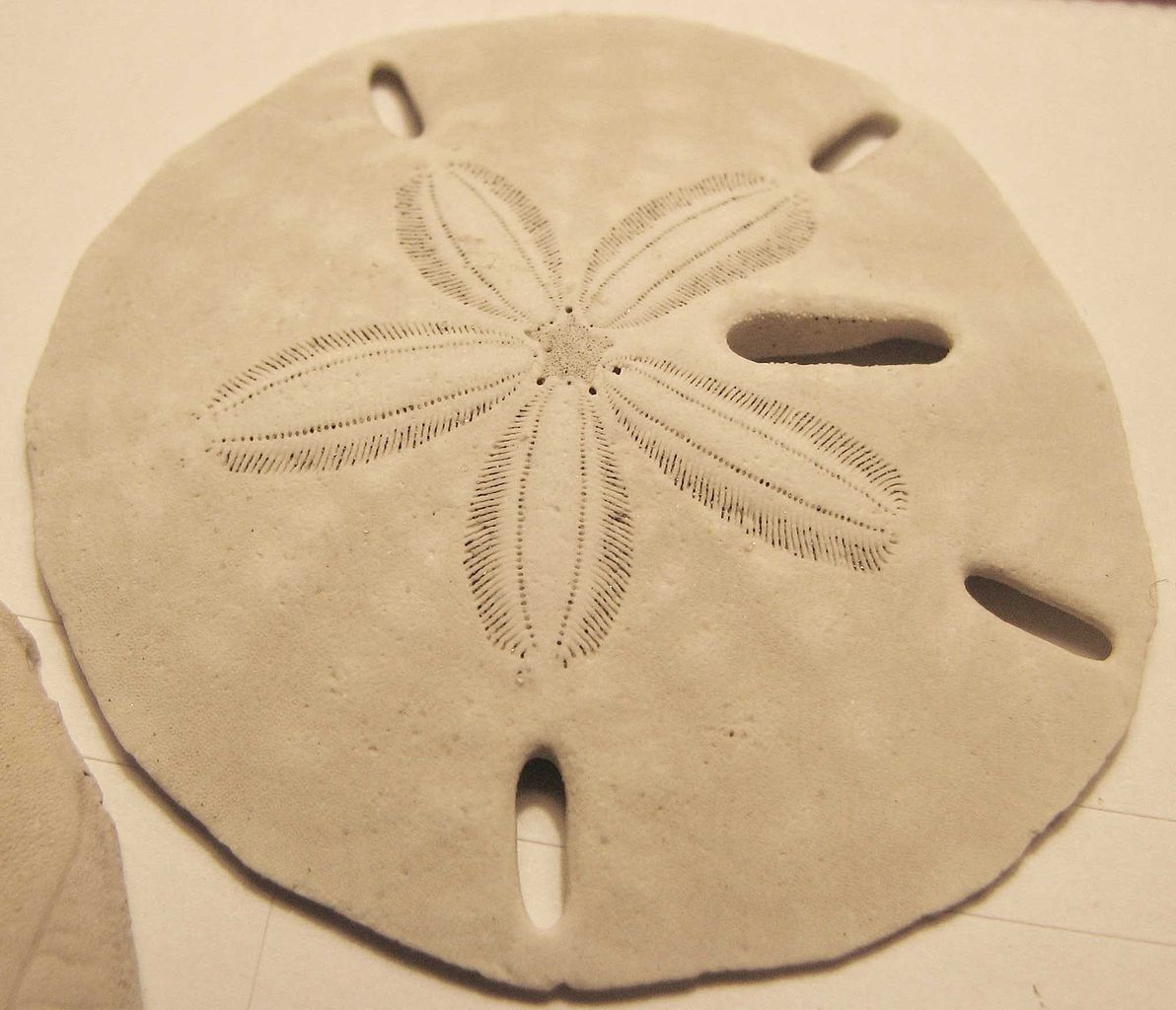
Aside from the catchy name “sand dollar”, these sea urchins are also known as pansy shells and sea cookies, among others, depending on where you are in the world. These sand dollars have a hard outer shell, which is covered in very fine hairs. Interestingly enough, those small hairs are also covered by other, even smaller hairs, known as cilia. This complex structure helps sand dollars move across the bottom of the sea floor in search of food.
Sand dollars tend to live just beneath or on top of sandy or muddy areas, into which they burrow. The life expectancy of sand dollars is, on average, 7-10 years, which you can tell by looking at the rings on the bottom of their shell, just like you would measure a tree! When the sand dollars die, however, they are unable to hold themselves in place any longer. With the movement of the tides, these urchins are eventually unearthed and washed towards the shore. The hair on their outer shell will begin to fall away, or be fed on by underwater scavengers. Finally, once the hard shell washes onto the beach, the remaining hair will disappear, and the sunlight will bleach the shell until it is nearly white.
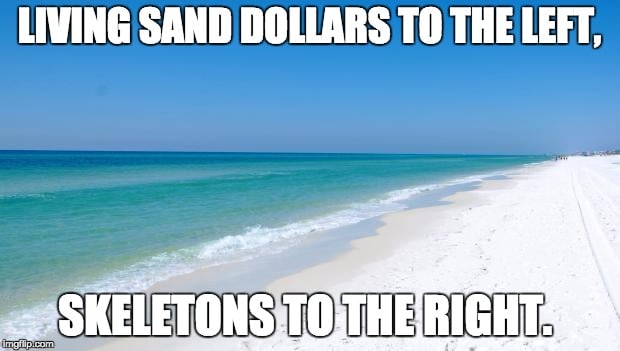
These white sand dollars, with the unusual five-pointed design, are instantly recognizable and make for a great souvenir from your day at the seaside. That pattern on the shell is also telling of the urchin’s form; those five separate branches are the locations of pores on the shell, which allow for gas exchange that the urchin needs to live. However, once the shell is dry, it looks like a flower petal – or the shape of a starfish on top of a white rock.
The name “sand dollar” is a bit unusual, albeit memorable, and comes from centuries ago, when explorers began finding these unusual “rocks” on beaches. As they resembled the large coins in use back then, and had a repetitive design, they earned their monetary-linked name. Some people even believed that they were a form of currency used by underwater creatures, such as mermaids who lived in the city of Atlantis!
Interesting Facts About Sand Dollars
While the resultant skeletons that you find on the seashore may all look quite similar, there are actually dozens of different varieties of sand dollars that you can find in different parts of the world. However, most of them do share some similarities – and weird ones at that!
When a young sand dollar is trying to find its footing on the sea floor, it is often too light to resist the powerful currents of the water. As a result, they struggle to burrow down and secure themselves, so they choose to eat sand instead! This can often cause young sand dollars to stand on their side, as though they are anchored in place in its little community of sand dollars.
Yes, while there isn’t a Homeowners Association in the sea, sand dollars do tend to stick together, often in groups that number in the hundreds. The reason for this is assumed to be that when fertile ground for feeding is found, the group will move to that location before shifting en masse for better areas. The thing is, this movement may take a very long time, since sand dollars are notoriously slow eaters; it can take these sea urchins more than 2 days to fully digest the food they consume.
These slow-moving sea urchins don’t look particularly energetic – or capable of having sex the same way most creatures would. As a result, they leave their reproduction to chance, with both the eggs and sperm being released into the water in the same general area, where fertilization can occur randomly.
With all of this in mind, the next time you stumble across a bleached white shell on the beach with a faint pattern on top, don’t chuck it back into the water (although they do make excellent skipping stones). Take that skeleton home with you and share the strange story of sand dollars with your friends!


